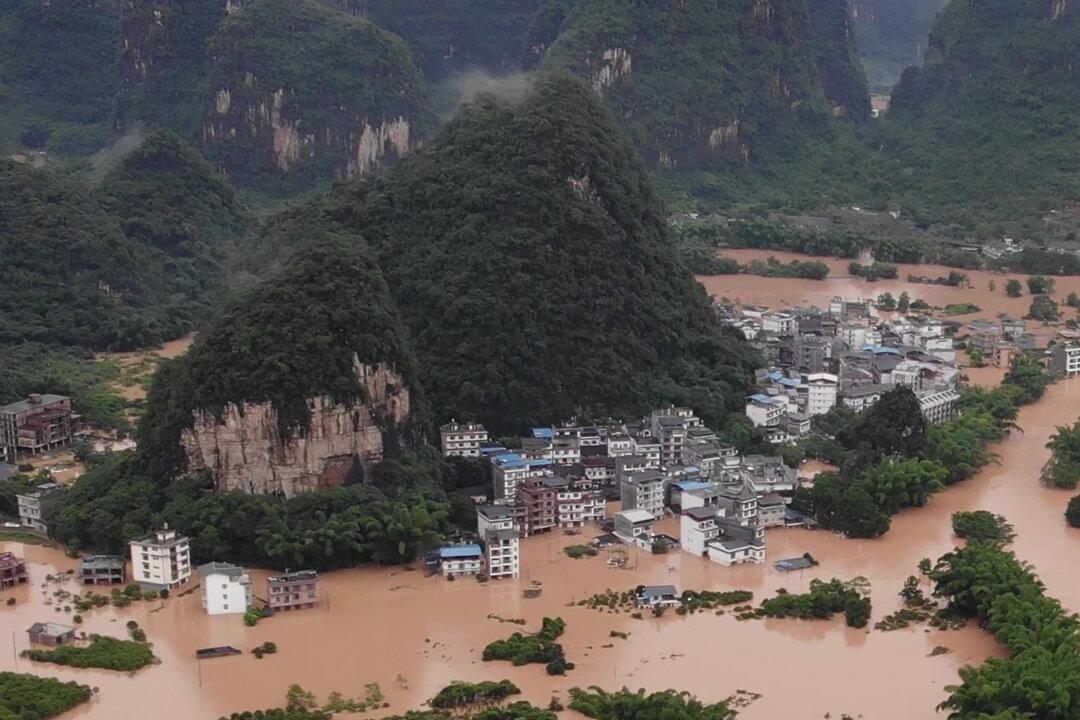Heavy downpours in June have led to serious flooding in at least eleven provinces of China.
Residents in two cities told The Epoch Times that local authorities discharged the rainwater that accumulated in reservoirs without alerting people in advance, causing dozens of people to get swept away.





